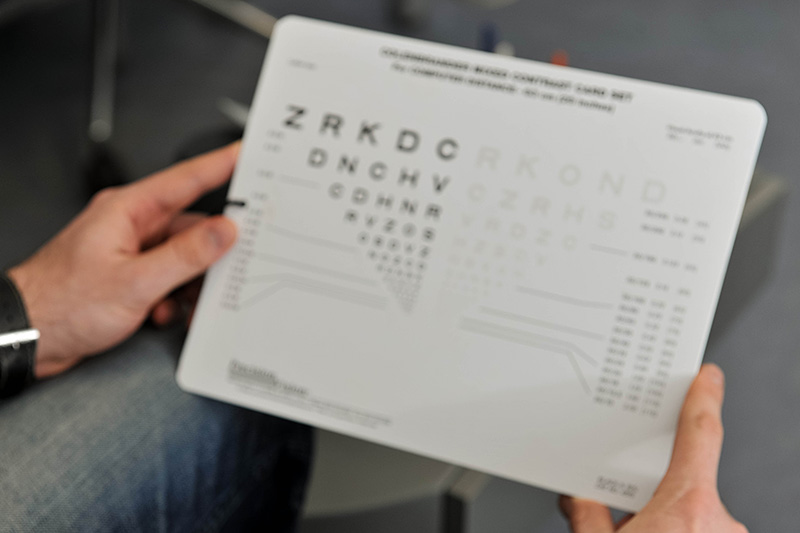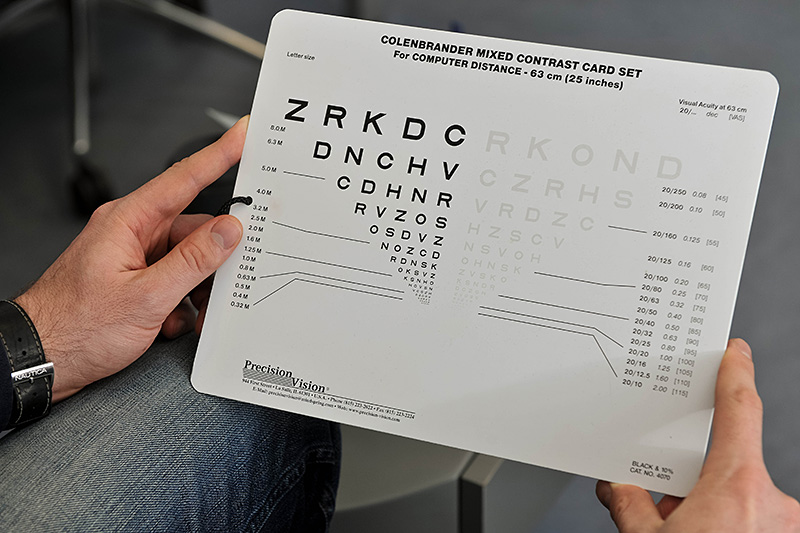What is the age farsightedness?
Presbyopia or age related farsightedness is part of the natural aging process of the eye. It begins to emerge in the early forties. It is caused by a reduction in ability of the eye muscles that flex our natural lens (the lens has the shape of a disc for viewing at a distance, it resembles a sphere when look at close objects). Also with age event changes in the structure of the lens occur, and it loses the elasticity which it had in youth.

The process of weakening of the accommodation abilities (ability to focus close images) ends approximately at the age of sixty and it is then that people who see well at a distance start needing +3.00 diopters for reading.
There are several possibilities for correcting age related farsightedness. One option is to wear glasses or contact lenses. Today, an increasing number of patients opt for surgical correction of age related farsightedness. It is a surgical procedure in which the natural lens of the eye is replaced by an artificial lens that allows excellent vision at different distances. By resolving the need for wearing glasses it significantly improves the quality of life.
What are the symptoms of age related farsightedness?
The main symptom of presbyopia is difficulty to focus the image and blurred vision when looking at near objects, the person most often realizes that it exists when the letters during reading become blurred and too small. Longer attempts to read or look at close objects lead to stress and eye fatigue, often accompanied by tearing, sometimes even headaches. These disturbances become more pronounced in low light conditions.
How to correct age related farsightedness?

Age related farsightedness can be corrected by installing a multifocal intraocular lens or lenses with extended vision range (the so called Symfony lenses). The selection of the optimum lens for each patient depends on the health of the eye and the visual needs of each patient.

 The process of weakening of the accommodation abilities (ability to focus close images) ends approximately at the age of sixty and it is then that people who see well at a distance start needing +3.00 diopters for reading.
The process of weakening of the accommodation abilities (ability to focus close images) ends approximately at the age of sixty and it is then that people who see well at a distance start needing +3.00 diopters for reading. Age related farsightedness can be corrected by installing a multifocal intraocular lens or lenses with extended vision range (the so called Symfony lenses). The selection of the optimum lens for each patient depends on the health of the eye and the visual needs of each patient.
Age related farsightedness can be corrected by installing a multifocal intraocular lens or lenses with extended vision range (the so called Symfony lenses). The selection of the optimum lens for each patient depends on the health of the eye and the visual needs of each patient.